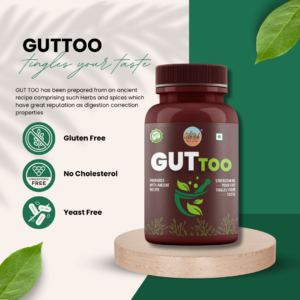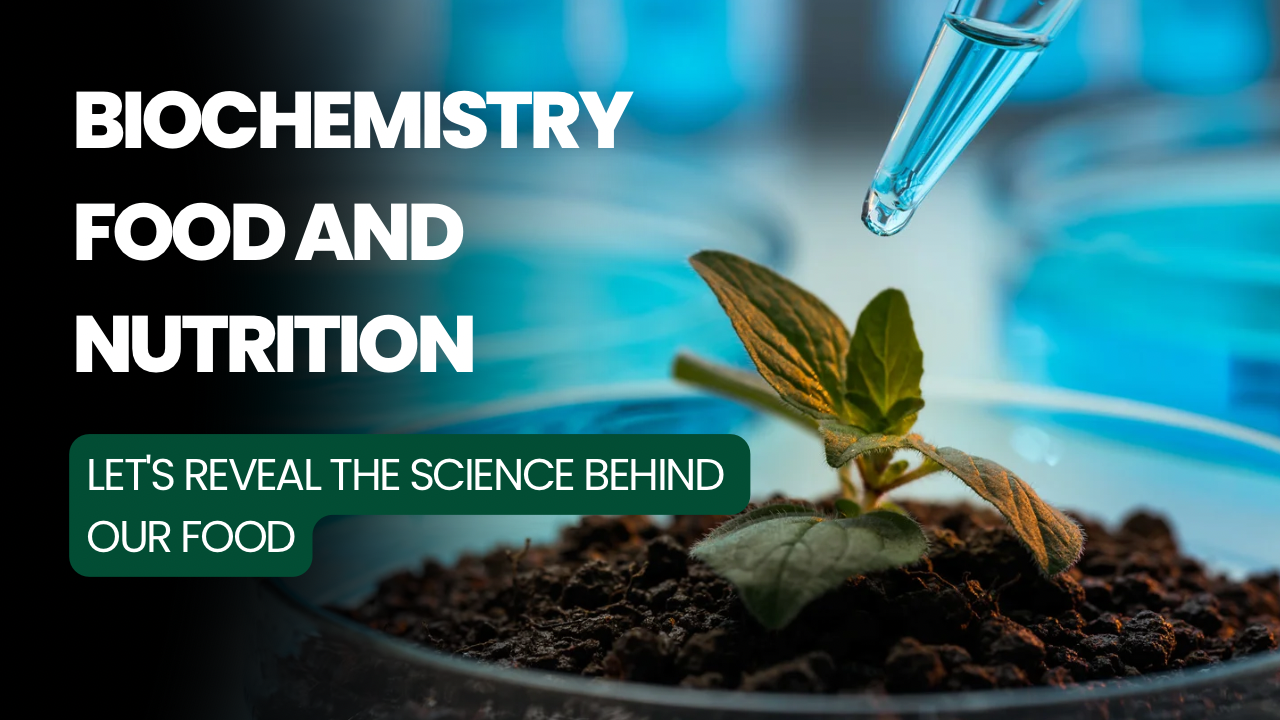The best discounts this week
Every week you can find the best discounts here.
Guttoo – Strengthen You Gut
Reinsta Pro
Food if taken wisely maintains, nourishes & keeps our body and brain healthy and fit, Our body’s sustenance is not possible without nutritional food as it helps to resuscitate the depleted tissues of our vital organs. A nutrient is a food ingredient which nourishes our body & is classified in two segments i.e. Macro & Micro nutrient.
Macro nutrients are those which we need in large quantities like carbohydrate, protein, fat, fiber, water etc. while micro nutrients are required in small quantities e.g. phosphorous, magnesium, potassium, iron & vitamins etc. Both kinds of nutrients are required by our body as source of energy, building blocks of the body, protection of the body and proper functioning of our various vital organs and systems.
INTRODUCTION OF PROTEIN
Protein is made of oxygen, carbon, nitrogen & hydrogen.
The 22 kinds of Amino acids are basic blocks of protein out of which some can be made in body & are considered as non-essential amino acids as body does not demand it from external source of food, but remaining types of amino acids are not built in the body so we have to take them through our food and they are known as essential amino acids.
The 22 amino acids are alanine, arginine, asparagines, aspartic acid, cysteine, glutamic acid, glutamine, glycine, histidine, isolucine, leucine, lysine, methionine, phenylalanine, proline, serine, theronine, tryptophan,tyrosine, valine, selenocysteine & pyrrolysine.
There are two sources of protein plant & animal, human race consumes them according to availability, geography, culture, religion, belief system and ethnicity.
WHAT IS FAT
Fat is a composition of hydrogen, oxygen & carbon. Glycerol & fatty acids are its main constituents and it is categorized as saturated, unsaturated & Trans fat.
Saturated fat has many hydrogen atoms, in unsaturated fats some hydrogen atoms are missing though it has capacity to hold more hydrogen atoms. Trans fat is a unsaturated fat that is found in small quantity in pork, beef, butter & milk. In making vanaspati ghee, vegetable oil is processed through hydrogenation; it makes the oil more solid & is called hydrogenated fat.
When there are 03 fatty acids & a molecule of glycerol, it is TRYGLYCERIDE. Linolenic & Linoleic acids cannot be synthesized in the body hence should be taken with the food and are known as “ESSENTIAL FATTY ACIDS”. Fat is carrier of fat soluble vitamins e.g. vitamin A, D, E, K & acts as an insulator that maintains body temperature.
Though it is a main constituent of membranes of all our body cells, humans do not need big amount of fat (unless they are engaged in some vigorous physical work) else it gets deposited in adipose tissue.
CARBOHYDRATE IS NECESSARY
Carbohydrate is essential for energy & digestion and it consists fiber, starch & sugar. According to studies 40 to 45 % of total daily calories comes from carbohydrates, hence one requires approximately 325 grams of carbohydrates in daily diet.
Carbohydrate is of two kinds simple & complex. Simple Carbohydrate are easy to digest and quick to absorb. There are some healthy sources of simple carbohydrate like milk & fruits and unhealthy sources like white sugar, refined flour, and junk foods.
Simple carbohydrates give instant energy. When one is exhausted, drained simple crabs may be given to them for instant energy. Complex carbohydrates contain longer chain of sugar molecules & take more time than simple carbohydrates to get digested and to be absorbed in the body.
On the basis of absorption, carbohydrate may be classified into two categories
(i) Available
(ii) Non Available.
Sugar & Starch are those carbohydrates which can be digested and absorbed in our body hence these are available carbohydrates. Some carbs are not digested by our body at all as its inter-monosaccharide binding is different, consisting Beta-glucose, though it is highly beneficial for our body but it is not available to our body to digest, absorb & use, hence they are called non available carbohydrates.
ROLE OF FIBER
Fiber is a part of the cellular walls of food & it is of two kinds Insoluble & Soluble. Insoluble fiber acts like a sponge and absorbs water making us feel fuller for a longer period of time and soluble fiber mingles with water and digestive enzymes and creates a gel, the gel prevent and reduce the body’s absorption of substances that may be harmful. Fiber is very important part of healthy, balanced diet. It is cellulose of plant food that our body cannot digest or absorb, it is also known as roughage or bulk. Fibers are very good for reducing weight, but its intake should be increased gradually else problems of bloating & stomach cramps may occur.
WATER IS LIFE
Water is an inorganic macronutrient, any substance can dissolve in it hence it is called universal solvent. Water is the medium of sweat, urine, faeces, digestive juices, blood & saliva. Water enables the body to release heat when atmospheric heat is higher than the body temperature. We begin to sweat and the evaporation of water from the skin surface cools our body. It is a major component of every cell of our body. Lack of water leads to dehydration which disturbs mental alertness, concentration and physical performance hence we should drink water in regular intervals to improve cognitive functions. Water is medium to dissolve Vitamin B & C.
VITAMINS ARE MICRONUTRIENTS
There are 13 vitamins in total, out of these 8 are from the B-group, they are needed in small amount for proper regulation of metabolic process which gives energy from carbohydrates, protein & fat and also helps us to fight infection, healing of wounds, proper secretion of hormones, and formation of strong bones. Since most of the vitamins cannot be synthesized by our body hence they can be obtained from plants and animals.
Some of the vitamins (e.g. A,D,E,K) are fat soluble so the body can store them, remaining are water soluble hence they cannot be stored and flush out of the body easily hence we have to consume them regularly.
Let us take them one by one-
Vitamin A is required for immune system & for better eye sight, its sources are mango, papaya, carrot, pumpkin, fenugreek, fish etc., Vitamin B is required for energy, metabolism, production of blood cells, its sources are sprouts, green leafy vegetables, fermented food, milk, eggs, liver etc.
Vitamin C is a stress buster, produces collagen and strengthens immune system; its sources are citrus fruits like lemon and oranges, amla, green chilies, capsicum, guava, sprouts etc.
Vitamin D is required for bone, muscle, nerve health and for immunity, vitamin D sources are sun light, butter, fish liver oil, eggs etc.
Vitamin E is required for better immune system, formation of RBC, antioxidant, it helps body to use vitamin K, eyes & skin health, better reproduction system.
Vitamin K is required for bone metabolism, cardiovascular health & blood clotting and its sources are cabbage, lettuce, milk & egg yolk etc.
INTRODUCTION OF SUGAR
Sugar is made from sugar cane & beetroot.
General classification of sugar is:
Fructose found in fruit,
Glucose the component of honey, fruits & vegetables,
Lactose is a part of milk & milk products,
Xylose is derived from wood or straw.
Chemistry classifies sugar as Monosaccharide, Polysaccharides, Disaccharides, and Oligosaccharides. Monosaccharide is simplest form of sugar, it is either colour less or white in colour, in the presence of oxygen it breaks into carbon dioxide and releases energy a fuel for metabolism. Glucose, fructose, galactose & xylose are examples of monosaccharide. Polysaccharides are complex or large molecules made up of many monosaccharides and are linked by glycoside bonds. Plant based foods are good source of polysaccharides.
They are further classified into two kinds
(a) Digestible
(b) Indigestible
digestible polysaccharide gets digested right from the mouth and then in small intestine it gets absorbed and releases energy.
Lentil, Wheat & Oats come in this category, while indigestible polysaccharides does not digest in the human body but ensures smooth bowel movement and promotes the passage of food through the gut. Disaccharides are composed of two monomers & joined by glycoside linkage this is why it is known as Double Sugar. Our body breaks them into two individual separate sugar molecules, then digests and absorbs them; sucrose, maltose & lactose are examples of disaccharides. Oligosaccharides are formed by conjunction of 3 to 6 units of monosaccharide. These are not fully digested as human body does not have the enzymes that break them down.



